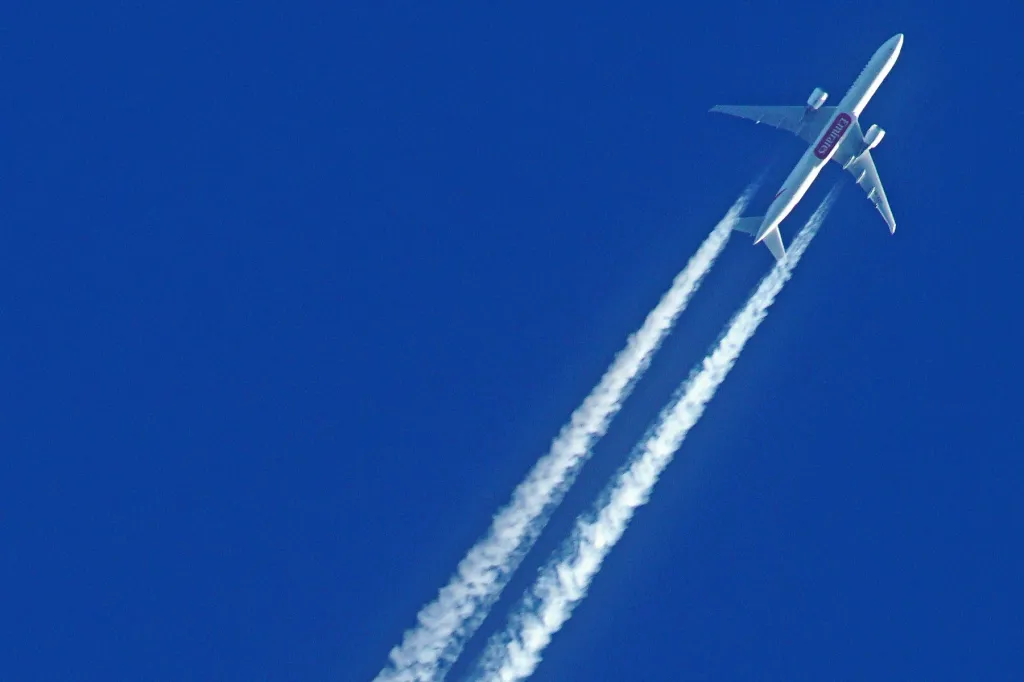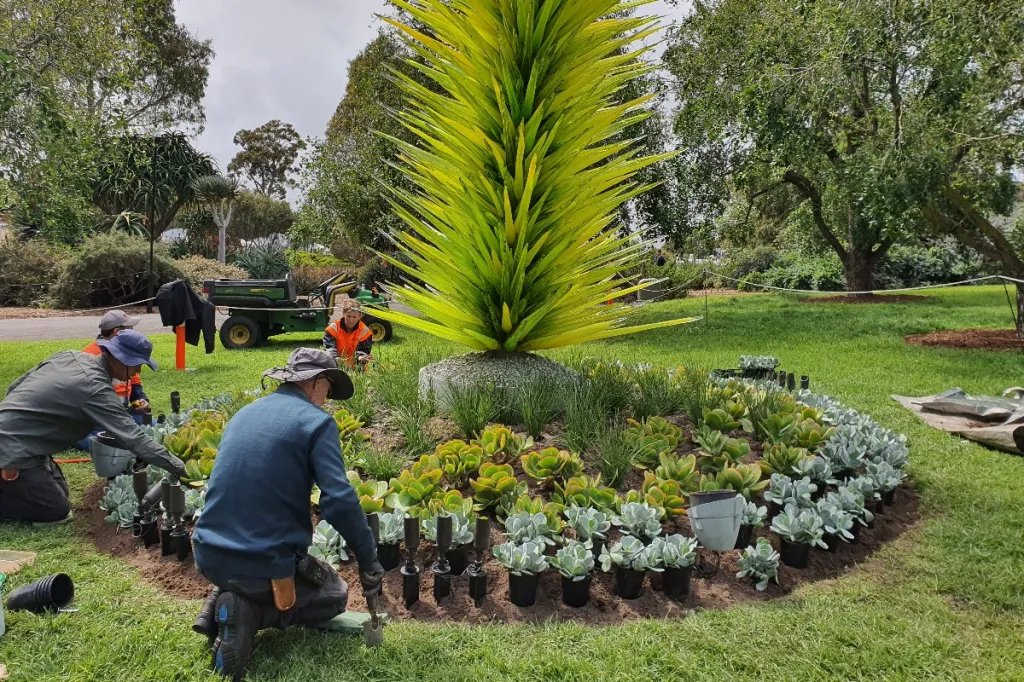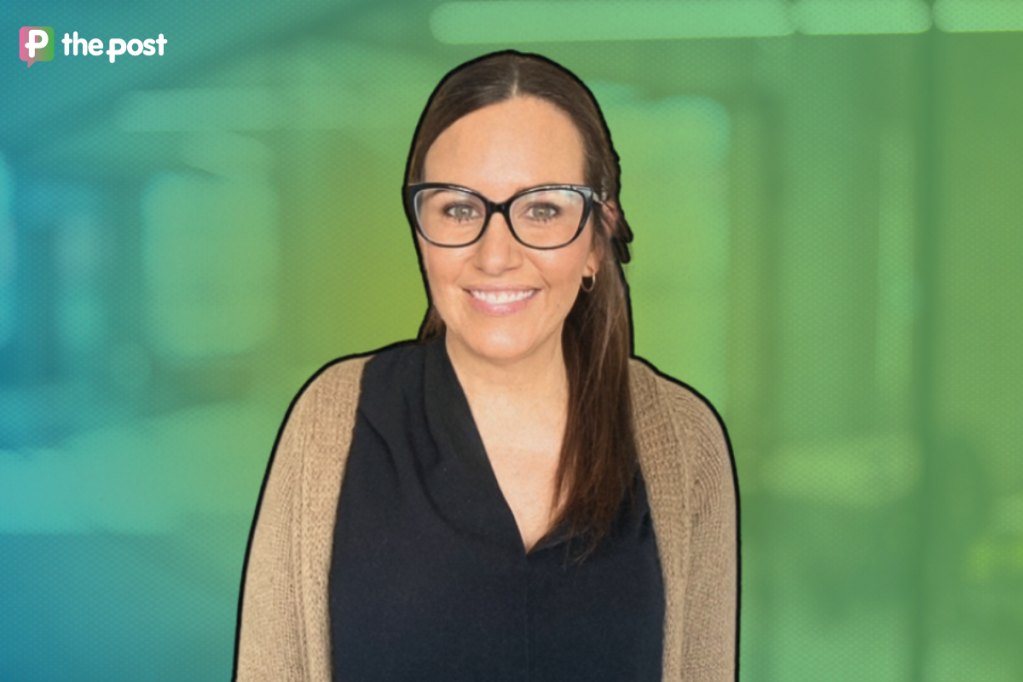Airline fuel breakthrough hailed – but experts voice concern

A German breakthrough in producing carbon-neutral aviation fuel at an industrial scale is providing fresh hope in the battle to reduce aviation’s carbon emissions.
But experts say it could be a while before these “eco-fuels” or “e-fuels” – synthetic airline fuels produced from fossil-free electricity and recycled carbon dioxide – can be a major way to make aviation sustainable.
How to fly green
“There’s a collection of sectors such as aviation, long-distance maritime shipping, chemical industry, steel production – making these sectors sustainable is not as easy as for other sectors, where you can just directly apply electrification,” chemical engineer Maartje Feenstra said.
Feenstra, a senior research consultant at the University of Sydney’s Institute for Sustainable Futures, said batteries were not viable technical solutions for airplanes.
“They don’t provide the right energy density. So that means that for aviation, we have a limited amount of technical possibilities for the energy transition. That means we have to rely on sustainable aviation fuels,” she said.
University of Adelaide researcher Tracey Dodd, a global expert on energy policy, said the aviation industry was lobbying for the right policy environments for sustainable airline fuels.
“But even with the best projections, it’s only going to be 0.7 per cent of fuel globally,” she said.
“That’s a drop in the ocean. How can we support a sustainable aviation revolution?”
You might like
Dodd said the technology existed for a transition to sustainable airline fuel sources.
“There are several synthetic biofuels that can be used in existing aircraft, meaning there is no need to change the aircraft. Algae also has significant potential, but it is more expensive as the feedstock can be used for other purposes, such as pharmaceutical products. Additionally, scientists are exploring new pathways, including hydrogen and carbon-neutral synthetic fuels,” she said.
“Every day we have a new innovation. The problem is scaling it up.”

‘Flight shame’ shouldn’t stop us travelling, experts say. Photo: Getty
What is sustainably produced aviation fuel?
The European Union roadmap for sustainable aviation fuels requires them to make up 2 per cent of European supply by 2025, rising to 6 per cent in 2030 and reaching 70 per cent by 2050.
“The aviation sector, in particular, will rely on sustainably produced kerosene for the time being,” said Roland Dittmeyer from the Karlsruhe Institute of Technology in Germany.
“Synthetic fuels that are produced by means of power-to-liquid processes with carbon dioxide from the atmosphere or biogenic sources, water, and green electricity are particularly suitable.”
Dittmeyer is the spokesperson for the Kopernikus P2X project, which announced advances in sustainable fuel production in March.
KIT, and industrial partner Sunfire, said it had used water vapour and CO2 co-electrolysis technology to produce synthetic kerosene at a scale that could be used industrially.
“It’s nice to see this technology scaling up and getting sort of demonstration volumes,” said Feenstra, who is not involved in Kopernikus P2X.
Sunfire and KIT say it’s a world first. Their “syngas” – a mixture of hydrogen and carbon monoxide that are converted into long-chain hydrocarbons called “syncrude” – has a 220-kilowatt (kW) output.
Stay informed, daily
A Boeing 777’s twin-jet engines have a total power output of about 130,000kW.
“Co-electrolysis stands out, in that it is a highly efficient process that electrochemically converts water vapour and CO2 directly into syngas in a single step,” said Sunfire senior engineer Hubertus Richter.
“Up to 85 per cent of the electrical energy used for this process can be recovered as chemical energy in the syngas.”
Richter said Sunfire could also demonstrate that coupling the process with its co-electrolysis method meant a very high plant availability and reliability – and could potentially produce syngas with the desired quality at any time.
“This eliminates the traditionally separate hydrogen production process with downstream syngas production, significantly increasing the efficiency of the overall process,” he said.
Feenstra helps illustrate Kopernikus P2X’s output another way: “With a daily production of 300 litres of syncrude, it would still take 796 days (over two years) to fill up a Boeing 747-400. For the next envisioned production of a tonne a day, it would still take slightly over half a year to fill up a Boeing 747-400.”
So there’s some way to go yet.
A problem of soaring costs
“The challenge for the aviation industry is that the renewable fuels are more expensive than the normal fuel set. The more sustainable aviation fuel we require, the more that price difference is going to hurt you,” Feenstra said.
“If we want to make aviation sustainable, we’ll have to enable these fuels in one way or another.”
Dodd has been outspoken in her concerns about “flight shame” – the guilt caused by being a passenger on a CO2-emitting aircraft. While scientists have raised concerns about global tourism emissions, Dodd said the issues should be tackled collectively.
People “shouldn’t necessarily have to stop doing what we love doing and what makes the world tick. We just need to be really innovative about how we can move forward”, she said.
“I think that we need to pay great attention to the challenges of decarbonising aviation,” she said.
“I understand that decarbonising the electricity system must be a priority, but we also need to consider sustainable aviation fuels to ensure it receives the necessary business and policy support.
“Aviation is a particularly hard-to-abate sector, and everyone I know in the industry is deeply committed to making progress. I want to support and encourage their efforts … it’s important to address both electricity and aviation decarbonisation.”
Dodd said one possibility would be to encourage businesses and universities that used long-distance travel to invest in sustainable aviation fuels.
“[That would mean] businesses being aware of and paying attention to how impacted their supply chain is by aviation and how, for us to move forward, that perhaps they could be supporting and partnering the airlines to scale up commercial availability of sustainable aviation field,” she said.
“You want to ensure that we’re doing this in a way that is economically sensitive and that it won’t price certain people out of the market for flying, or for goods like flowers and coffee that we ship.”
This article first appeared in Cosmos. Read the original here








